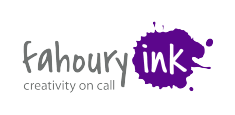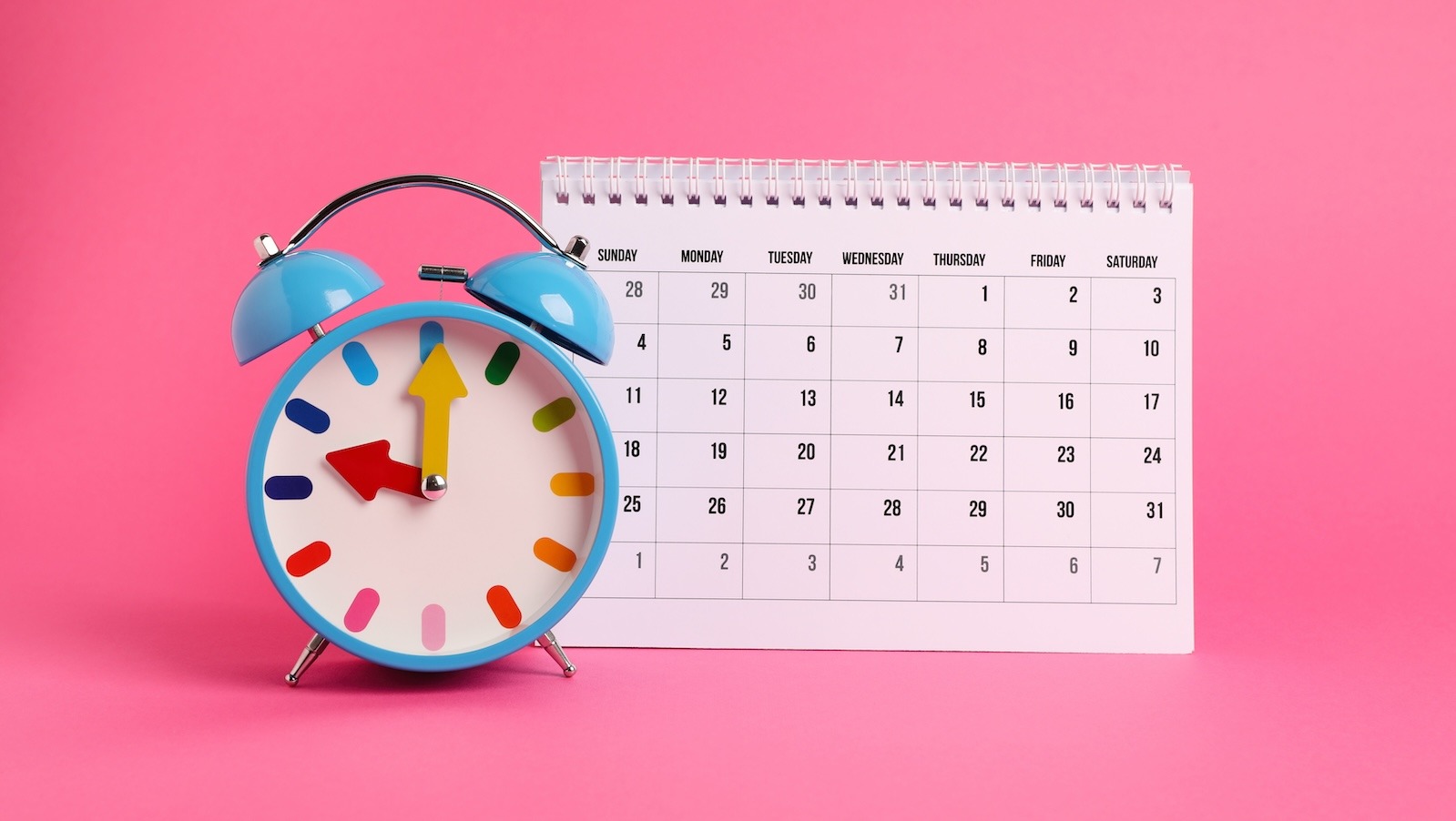Random acts of content are no longer cutting it. Scratch that, they never really did. Consistency has always been the key to attracting eyeballs, getting traction and scoring conversions.
If you’ve yet to organize your content marketing efforts into a well-oiled machine, here’s where a carefully structured content calendar comes into play.
More than just a scheduling tool, a content calendar is a strategic asset that enables you to plan, organize and oversee content creation and distribution. And that’s not all.
- Reduce the stress of deadlines. Work ahead and avoid the panic of rolling out timely content.
- Ensure consistency. A regular publishing schedule keeps your audience engaged and helps establish brand voice.
- Boost efficiency. Planning content allows you to allocate resources more effectively, saving both time and money.
- Create balance. A thoughtful calendar is key to serving different audience segments and addressing various stages of the buyer’s journey with the right content at the right time.
From strategy to action
Creating a content calendar that drives real business results requires so much more than downloading a template and filling in some dates. Follow these steps for a systematic approach:
Step 1. Assess the content assets you already have to inform your content schedule. Which pieces performed well? What topics resonated with your audience? Which platforms drive the most engagement? Data will help ensure your content calendar builds on proven success rather than assumptions.
Now’s also the time to ID and flesh out new content themes around seasonal events and holidays, industry trends, customer pain point and product launches. Keep a content bank to draw ideas from when planning your calendar. In the old days, we called that a swipe file. 😉
Step 2. Clarify what you want to achieve with your content and who you’re creating it for. Create or revisit buyer personas to make sure they’re still accurate. Map out relevant content for each stage of their journey.
Step 3. Select channels where your audience is most active, and determine which content formats and platforms will be most effective. For example:
- Blogs (whether yours or someone else’s)
- Social media
- Videos
- Podcasts
- Webinars
- Email newsletters
- Whitepapers
Step 4. Establish how frequently you’ll publish on each platform. A consistent, sustainable schedule is critical to your long-term success. For example:
- Blog — 1-4 times per month
- Social media — Daily, bi-weekly or weekly
- Email newsletter — Weekly, bi-weekly or monthly
Whatever frequencies you choose, make sure they’re sustainable for the long term.
Step 5. Build your calendar structure. Are you using software like Asana, the classic spreadsheet or a marketing platform like HubSpot? No matter the tool, be sure to include these elements:
- Publication date
- Content title
- Content type/format
- Target audience/persona
- Primary keywords
- Call to action
- Distribution channels
- Team member(s) responsible
- Status
Step 6. Assign clear deadlines and responsibilities for each of these stages:
- Creation
- Editing and review
- Design/media addition
- Approval
- Publication
- Promotion
- Performance analysis
Step 7. Conflicts and challenges may arise. Build in flexibility, leaving room for trending topics, breaking news or time-sensitive opportunities.
Step 8. Always check in to analyze your content performance and refine your approach. You may do a monthly performance review, a quarterly in-depth analysis or an annual audit to make major strategy revisions.
From action to results
Remember, your content calendar is a living document that evolves as audience needs change and marketing goals shift. But by investing time and staying on schedule, your content will consistently deliver results.

